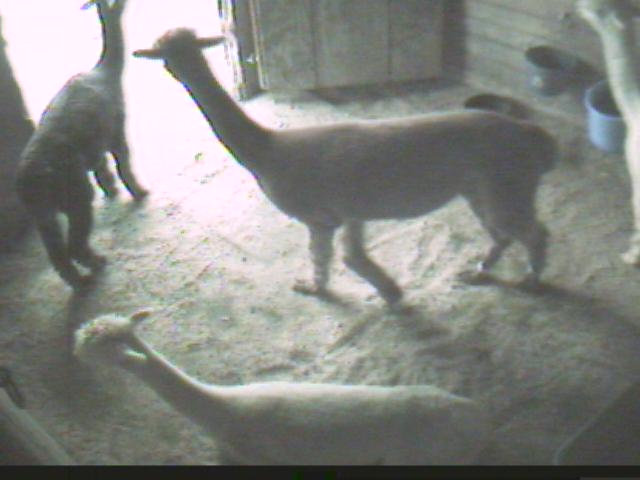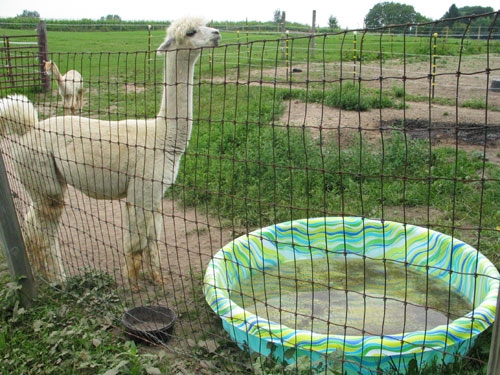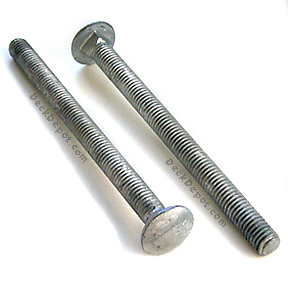It was apparent that with pregnant females due soon and me having a full time job I would need camera’s in the barn so I could keep an eye on them while I was in the office. That way if I see someone in labor I could quick pack up and drive home to assist if need be.
The biggest problem with cameras is they are expensive! A system can run you easily $1-4,000! Yeah, ok this is a working farm and every dollar spent is a dollar of profit lost. Keep in mind that the IRS frowns upon hobby farms.
So, when I went shopping for a camera system I wanted to find something that fit my budget and still gave me the functions and features I wanted. What I ended up finding was the IP Video 9100A (Plus). It’s a very small video server that lets you plug in up to 4 RCA composite video cameras. This made me very excited. Why? Because composite video cameras are considered to be old hat and are very inexpensive now days thanks to everyone switching to wireless cameras. Even better I happened to have a lorex sg6183W camera that my father-in-law gave us a few months back that would work. Free is good!
It turns out that with this product you have to be computer savvy. Actually, not too savvy just competent. Directions are nonexistent and as long as you’re the type of person who can think outside of the box and have enough networking background it really sets up quickly. For us it was actually as easy as plugging it in, making sure it had the updated firmware, setting up a port forward and viola, we had video.
I can’t wait to get a few more cameras so I can watch the girls no matter where they are not just in the run-in.
Here’s a photo from the camera to see what our view looks like. My only complaint is that the infrared is pathetic. I think I might pick up an IR flashlight that will help light up the area at night better.
While I’m watching my fiber grow you should check out what other folks are doing with it on Fiber Arts Friday!


